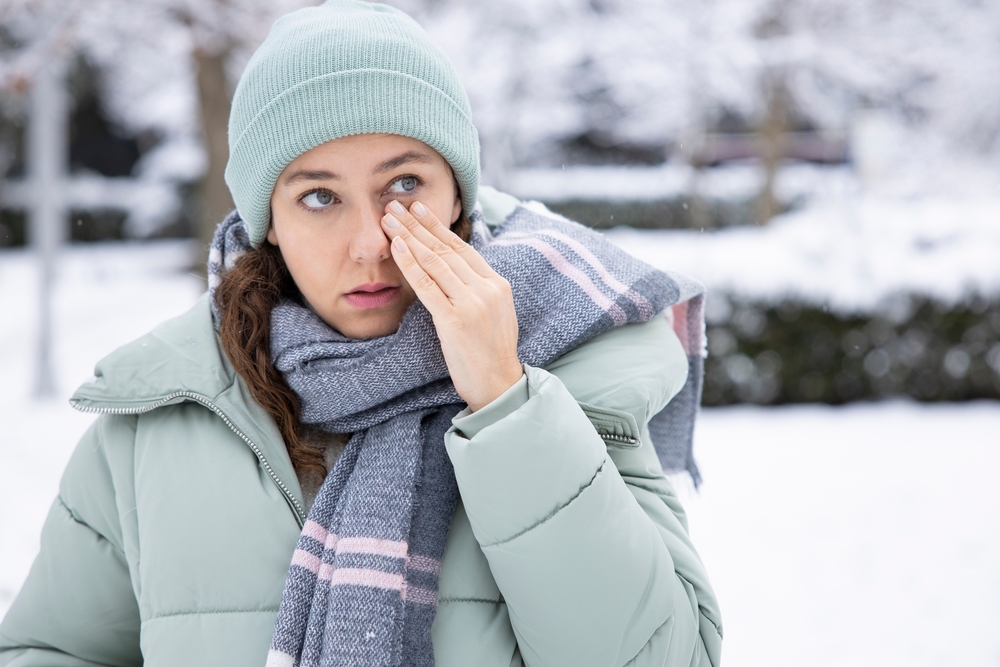
Dry eye is more commonly related to spring than to winter. However, the seasonal and lifestyle changes that come in winter can usually trigger or aggravate dry eye symptoms. Unlike spring, where environmental allergens trigger them, dry winter eye has more to do with the effects of the nature of the air on your eyes.
Managing dry eye in spring and in winter is not so different. The main difference comes in environmental management strategies to minimize dry eyes. In spring, you cannot do much to change the environment, but in winter, the changes you make to improve your living environment can lead to dry eye.
So, how do you relieve dry eye discomfort this winter?
Humidifiers
In winter, you must have air conditioner to warm the house or you will freeze. As your air-con warms the house, it also changes the air content: It removes the humidity in the air, making it much drier. Dry air leads to dry eye symptoms for people susceptible to dry eye. You can remedy this by getting a humidifier for your home.
Humidifiers inject moisture into the air, restoring and increasing the humidity in a room. It will help significantly reduce the chance of dry eye developing. However, they need to be maintained and cleaned frequently.
Drink More Water
Dehydration is not commonly associated with winter, but it is more common than you think. Dehydration is also a cause of dry eye because you need water to produce enough tears. Experts advise drinking plenty of water throughout the day, even if you do not feel thirsty. Keeping hydrated will ensure your eyes are sufficiently lubricated.
Warm Compress
Another way to relieve dry eye discomfort in winter is to use a warm compress. A warm compress is a great way to reduce the irritation that develops with dry eyes. You only need to dip a soft cloth in warm water and place it over your eyes. You can do this as often as you need to.
Artificial Tears
The most popular and common dry eye treatment is using artificial tears. They comprise water and other compounds that help them act exactly like natural tears. You can get them over the counter at any pharmacy or chemist. Try out a few brands to find one that works for you.
You will have to use them severally throughout the day for the best results. But be careful: Using them too much may lead to eye irritation, especially if they contain preservatives.
Eye Ointments
Eye ointments are an alternative to eye drops or artificial tears. You can get them over the counter or by prescription. They are thicker than eye drops, so if you use them during the day, you may get blurry vision. Experts advise applying them at night for the best results.
Wear Sunglasses
You can also reduce dry eye symptoms when you go out in winter by wearing sunglasses. Winter comes with high-speed winds, which can cause your eyes to dry out more quickly than usual. High winds are a common cause of dry eye in winter. Wearing sunglasses protects you not only from the wind but also from snow blindness.
Tear Duct Plugs
Tear duct plugs are a unique and long-term solution for people with chronic dry eyes. They prevent tears from flowing out of your eyes to mitigate the poor lubrication common in dry eyes. Your eyes will stay moist longer.
For more tips to relieve dry eye discomfort during winter, call Bright Eyes Vision at (574) 936-2272 our office in Plymouth, Indiana.









